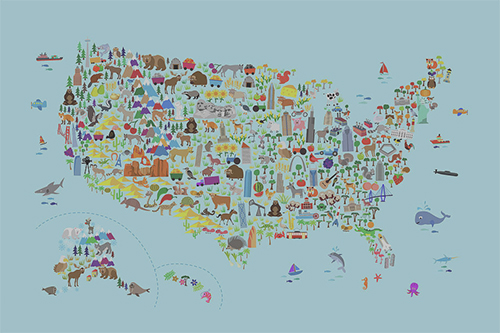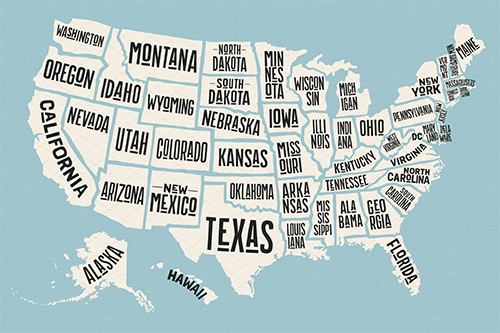Supporting Unseen and Under-Sourced Communities
In the United States, poverty remains a significant challenge, affecting diverse communities across the nation. As of 2023, the national poverty rate increased to 12.7%, up from 12.4% in 2022. Poverty often concentrates in specific areas, leading to long-term socioeconomic challenges. Certain groups, such as racial and ethnic minorities, rural populations, and individuals with disabilities, are at a higher risk of experiencing poverty. Residents of impoverished communities frequently face limited access to essential resources, including stable housing, healthy food, and safe neighborhoods. Moreover, poverty can severely restrict access to education and employment opportunities, perpetuating a cycle of hardship and economic insecurity. Addressing these issues requires a comprehensive approach to break the cycle of poverty and promote equitable resource distribution.
Community Identification and Outreach:
The foundation actively engages in comprehensive research and analysis to identify communities that are often overlooked or lack essential resources.
Working with other local charities, Outreach programs can designed to establish direct communication with community members, local leaders, and organizations to understand their unique challenges, needs, and aspirations.
Collaboration with Local Organizations:
Partnerships with local non-profits, community-based organizations, and grassroots initiatives are forged to maximize the effectiveness of support efforts.
Collaborative projects aim to leverage the expertise and understanding of these local entities, ensuring that interventions align with the community’s culture and are implemented with sensitivity.
Needs Assessment and Customized Solutions:
Once identified, the foundation conducts thorough needs assessments to understand the specific requirements of each community.
Through partnerships with other organizations customized solutions will be developed, taking into account factors such as socio-economic conditions, cultural nuances, and existing infrastructure to ensure the initiatives are tailored to the community’s distinct characteristics.

Resource Allocation:
The foundation will support resources strategically to address the identified needs of under-sourced communities.
Initiatives may include support for education, healthcare, clothing and among other key areas, with a focus on creating sustainable, long-term impact.
Empowerment and Capacity Building:
The foundation is committed to empowering community members by helping to provide opportunities for skill development, entrepreneurship, and self-sufficiency.
Capacity-building programs are implemented to enhance the community’s ability to address its own needs, fostering a sense of ownership and resilience.
Cultural Sensitivity and Inclusivity:
Acknowledging the diversity of communities, the foundation emphasizes cultural sensitivity in all its initiatives.
Inclusivity is a core principle, ensuring that all members of the community, including marginalized groups, have equal access to and benefit from the foundation’s programs.
Advocacy and Awareness:
The foundation actively advocates for the recognition of under-sourced communities at regional and national levels.
Awareness campaigns are conducted to highlight the challenges faced by these communities, fostering a broader understanding and garnering support from the wider public.
Through these comprehensive and nuanced strategies, The Russcheer Foundation is dedicated to creating positive and sustainable changes in communities that are often unseen and under-sourced, fostering a more equitable and inclusive society.



